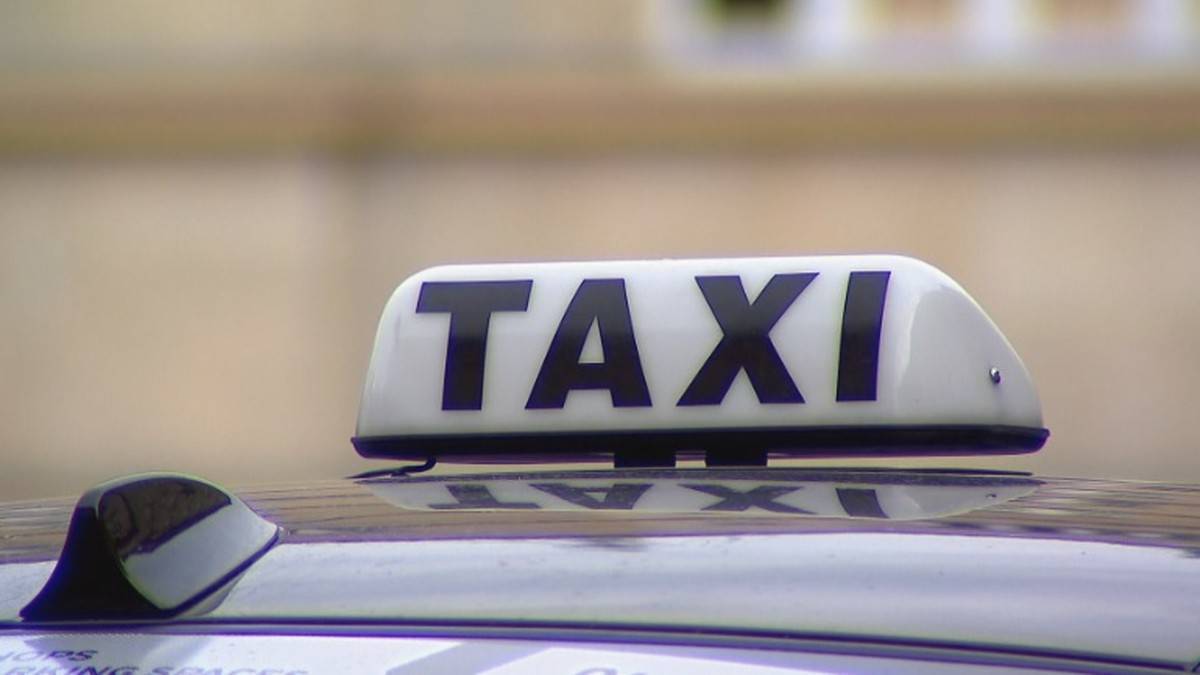
SEATTLE— Four flight attendants who were aboard the Alaska Airlines (AS) flight that suffered a mid-air panel blowout in January 2024 are suing Boeing for physical and emotional damages. The incident occurred on a Boeing 737 MAX 9 jet departing from Portland International Airport (PDX).
The lawsuits, filed in Seattle’s King County Superior Court, allege negligence and inadequate quality control in Boeing’s manufacturing and repair processes. The plaintiffs seek compensation for emotional trauma, medical costs, and long-term economic impacts.
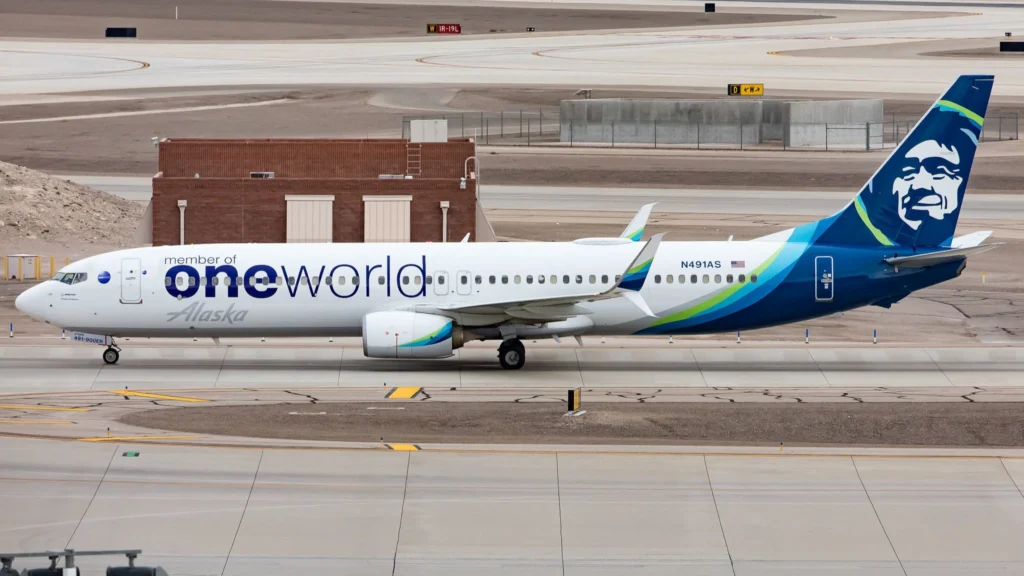 Photo: Clément Alloing
Photo: Clément AlloingAlaska Airlines Sues Boeing
The four flight attendants, represented by attorney Tracy Brammeier, claim they sustained serious emotional and physical harm during the sudden cabin panel failure that forced an emergency landing.
The incident drew national attention and triggered investigations into Boeing’s production standards, particularly on the 737 MAX series.
The lawsuits emphasize that Boeing failed in its duty of care by producing an aircraft with critical assembly errors.
Notably, the National Transportation Safety Board (NTSB) revealed in July that four key bolts had not been installed on the panel that detached mid-flight. This omission directly contributed to the structural failure, according to preliminary findings.
The filings argue that Boeing had longstanding awareness of systemic quality control issues within its assembly lines and failed to implement sufficient corrective measures. The plaintiffs accuse the company of “reckless disregard” for the safety of passengers and crew.
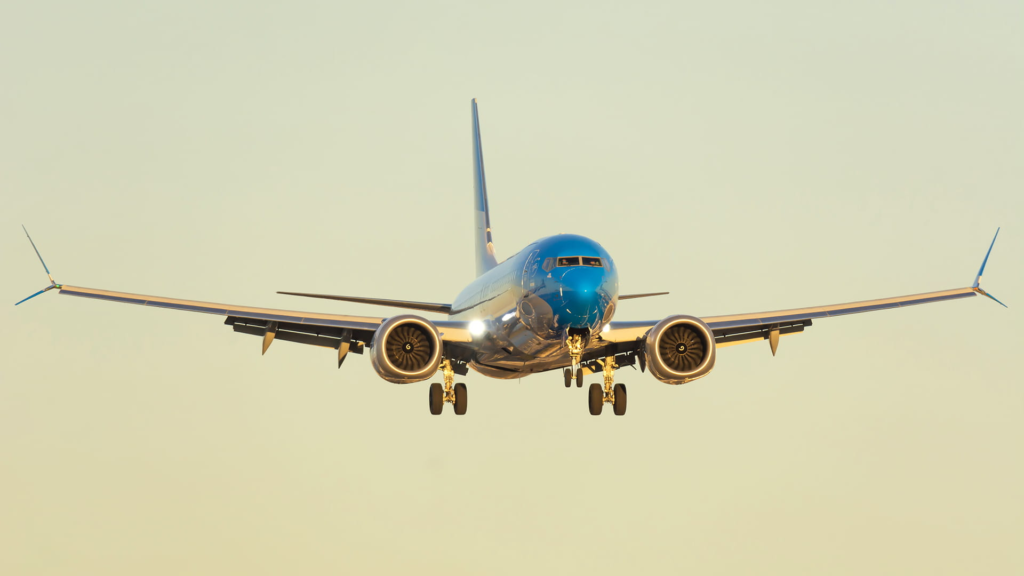 Photo: Collins Aerospace
Photo: Collins AerospaceConsequences for Boeing and Federal Oversight Agencies
This legal development compounds Boeing’s broader troubles. The U.S. Department of Justice has reopened a criminal investigation, asserting the company violated a 2021 deferred prosecution agreement stemming from previous 737 MAX crashes.
The Federal Aviation Administration (FAA) has also come under fire for its oversight failures. The NTSB criticized both Boeing and the FAA, stating the agency lacked adequate procedures to ensure compliance and did not detect Boeing’s safety lapses.
As scrutiny intensifies, the lawsuits highlight ongoing concerns about the manufacturer’s commitment to aviation safety. The case may influence regulatory reforms and Boeing’s future legal liabilities, particularly as additional civil actions could arise from affected crew members or passengers.
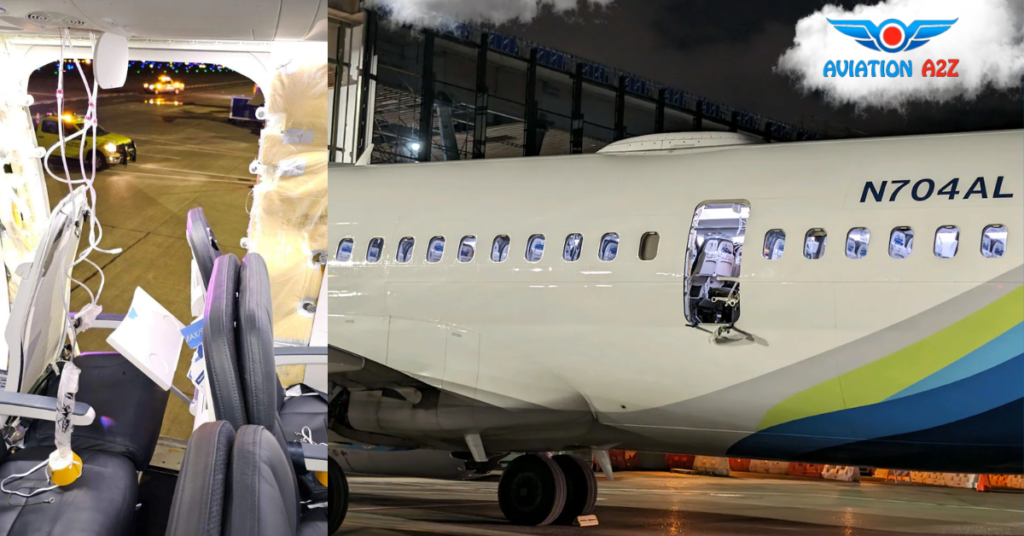 Photo: Passenger shared pics with KPTV
Photo: Passenger shared pics with KPTVEmotional, Economic Toll on Crew Members
Beyond the technical and regulatory implications, the lawsuits center on the personal impact of the traumatic event. The flight attendants report symptoms of post-traumatic stress disorder (PTSD), anxiety, and physical injuries sustained during the rapid decompression.
Attorney Brammeier emphasized that her clients acted heroically, following safety protocols despite fearing for their lives. The plaintiffs are seeking compensation for both immediate and long-term consequences, including medical expenses, lost wages, and emotional suffering.
This case adds another layer to Boeing’s mounting legal challenges and underscores the real-world consequences of aviation safety failures on flight personnel.
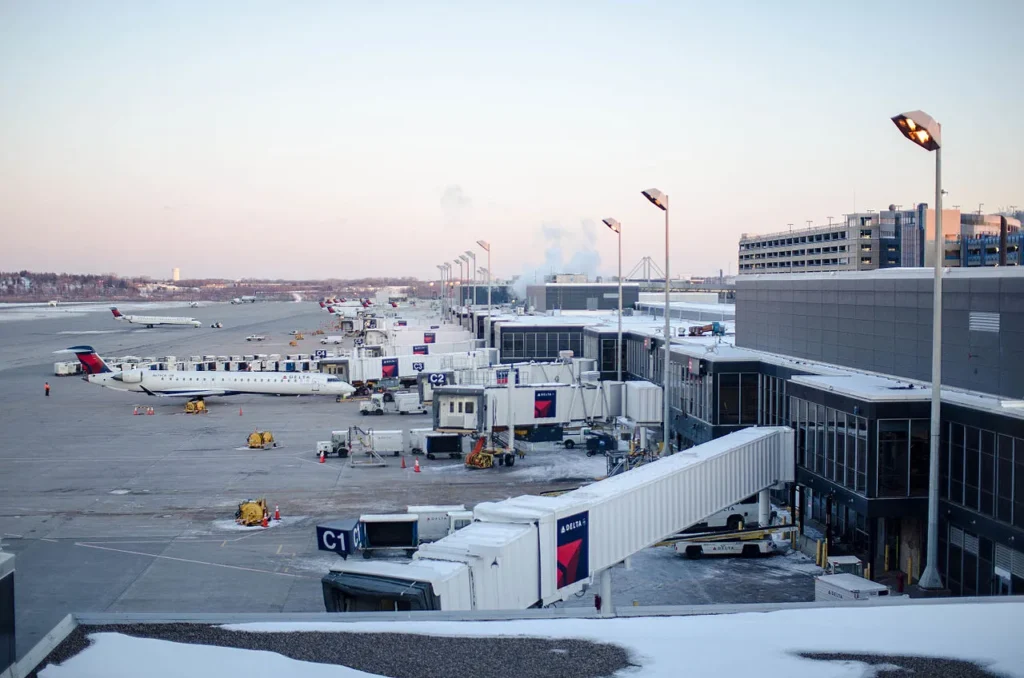 Delta Air Lines jets parked at MSP Airport; Photo- Wikipedia
Delta Air Lines jets parked at MSP Airport; Photo- WikipediaSimilar Lawsuit
A Delta Air Lines (DL) flight attendant has filed a $75 million lawsuit in the U.S. following a crash landing at Toronto Pearson International Airport (YYZ).
The incident involved a regional jet operated by Delta Air Lines (DL) that flipped after a hard landing on a slick runway.
The plaintiff, Vanessa Miles, was traveling as a non-working crew member, or “deadheading,” when the aircraft suffered a severe impact and overturned. Her lawsuit alleges negligence and serious physical and psychological injuries.
 Photo: X user
Photo: X userLawsuit Alleges Negligence and Pilot Misassignment
According to court documents, Vanessa Miles filed the personal injury suit in a U.S. court, citing gross negligence by Delta Air Lines (DL).
The complaint asserts that the airline knowingly allowed an underqualified pilot to operate the flight that crash-landed at Toronto Pearson International Airport (YYZ) in February.
Miles alleges that the aircraft experienced a violent and uncontrolled descent before hitting the runway with substantial force, resulting in the aircraft overturning.
The jet, reportedly a regional aircraft operated under Delta Connection, failed to deploy its emergency slides during evacuation. As a result, Miles had to jump over six feet from the fuselage to reach the ground.
At the time, Miles was not performing her duties but was in transit to begin her assignment elsewhere — a status known in the airline industry as “deadheading.” Despite being a passenger, her role as a flight attendant meant she was still governed by internal Delta protocols.
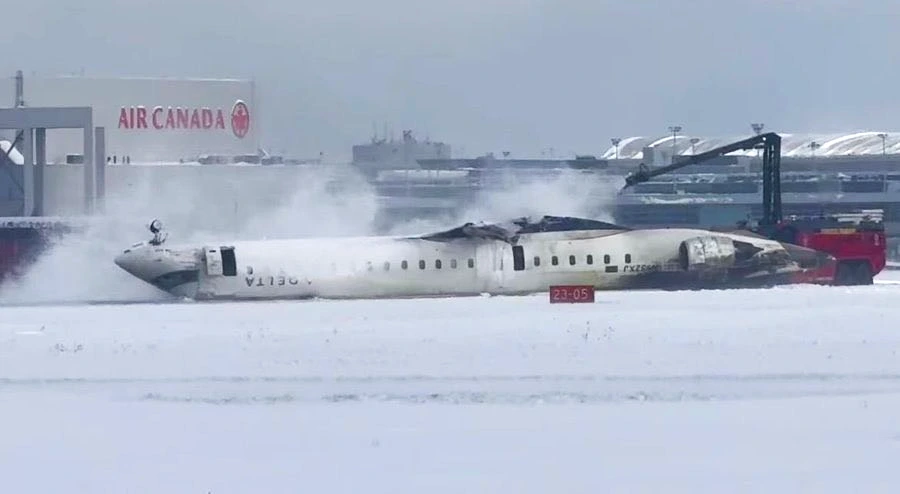 Photo: X user
Photo: X userInjury Claims and Damages
The lawsuit outlines multiple serious injuries sustained by Miles, including:
- A fractured shoulder
- Traumatic brain injury
- Post-concussion syndrome
- Lasting psychological trauma
The suit seeks $75 million in damages, citing permanent disability, emotional distress, and the long-term impact on her career.
The claim further argues that the failure of safety equipment, including the evacuation slides, significantly worsened the injuries sustained during the emergency escape.
Miles asserts that the accident could have been mitigated or avoided entirely if Delta Air Lines (DL) had followed appropriate staffing and operational safety protocols.
Stay tuned with us. Further, follow us on social media for the latest updates.
Join us on Telegram Group for the Latest Aviation Updates. Subsequently, follow us on Google News
JetBlue Attendant Coffee Spill Leaves USA Judo Coach with Permanent Eye Injury: Lawsuit
The post Four Alaska Airlines Flight Attendants Sues Boeing appeared first on Aviation A2Z.

 4 miesięcy temu
4 miesięcy temu










